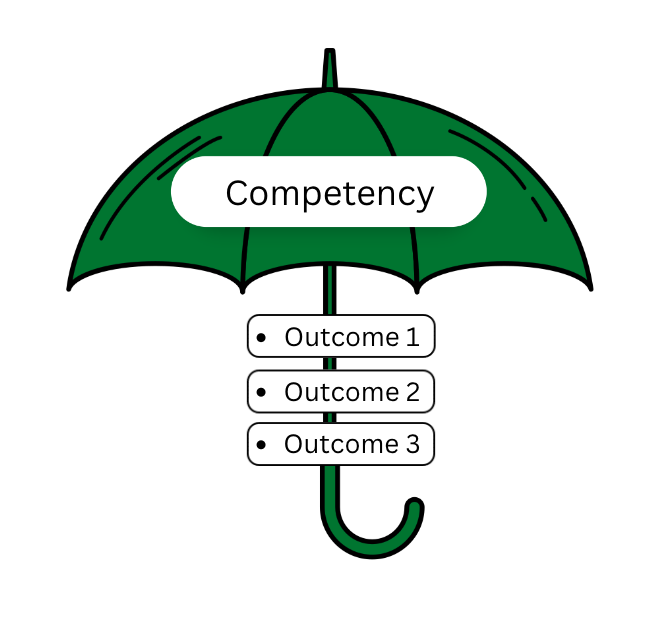Bridges, Obstacle Courses, and Snowdrifts: What are we building for our students?
By Carolyn Hoessler
In my day… (or so the story starts), we had it tough. Whether that difficulty involved walking uphill in knee-deep snow, punch cards or hours in dusty stacks, there was something that challenged us as students. Now as educators we get to decide where we build obstacle courses so students understand what it means to face adversity, or where we build bridges that simplify and celebrate efficiencies just as The Bridge Builder did in Will Allen Dromgoole’s poem.
 This choice of repeating or removing obstacles reveals the beliefs we have about those experiences and the value we place on that difficulty. Do we see merit in the struggle and feel that we are better because of it? Does it form a corner stone of our identification with our discipline? Or it as useful as hauling river ice to keep meat frozen in winter when freezers exist?
This choice of repeating or removing obstacles reveals the beliefs we have about those experiences and the value we place on that difficulty. Do we see merit in the struggle and feel that we are better because of it? Does it form a corner stone of our identification with our discipline? Or it as useful as hauling river ice to keep meat frozen in winter when freezers exist?
Recognizing our beliefs and values about the tough times allows us to be clear about our goals for students’ learning and our assumptions about how that learning occurs. These goals and assumptions, whether well-articulated or hidden, form the foundation on which we build our visions and plans for programs and courses. During the first step in program innovation and renovation, visioning, groups of colleagues come together to decide on the goals we have for students’ learning. Next we look at how we are currently meeting these goals and decide on what opportunities and what challenges our students will experience. To meet these goals, bridges may need to be built, arbitrary obstacles removed, and meaningful challenges carefully embedded.
When planning courses, educators similarly envision their learning outcomes, assessment and activities, including the supports and challenges available for students. Some challenges are still beneficial as learning is effortful, but some challenges are not based on learning: reviewing multiple articles to select the most appropriate source may be relevant to learning goals, while needing to photocopy from a book might not be as meaningful.
Timing of feedback is another example of how we as educators make choices based on our values, reflection, and experiences. Do we believe that waiting and uncertainty is motivating, or is timeliness important for student learning? What do we value? What do we chose to incorporate in our courses and programs?
So when we set our learning goals, what assumptions about “in my day…” underlie the challenges, bridges and obstacles we chose to include in our programs and courses?
